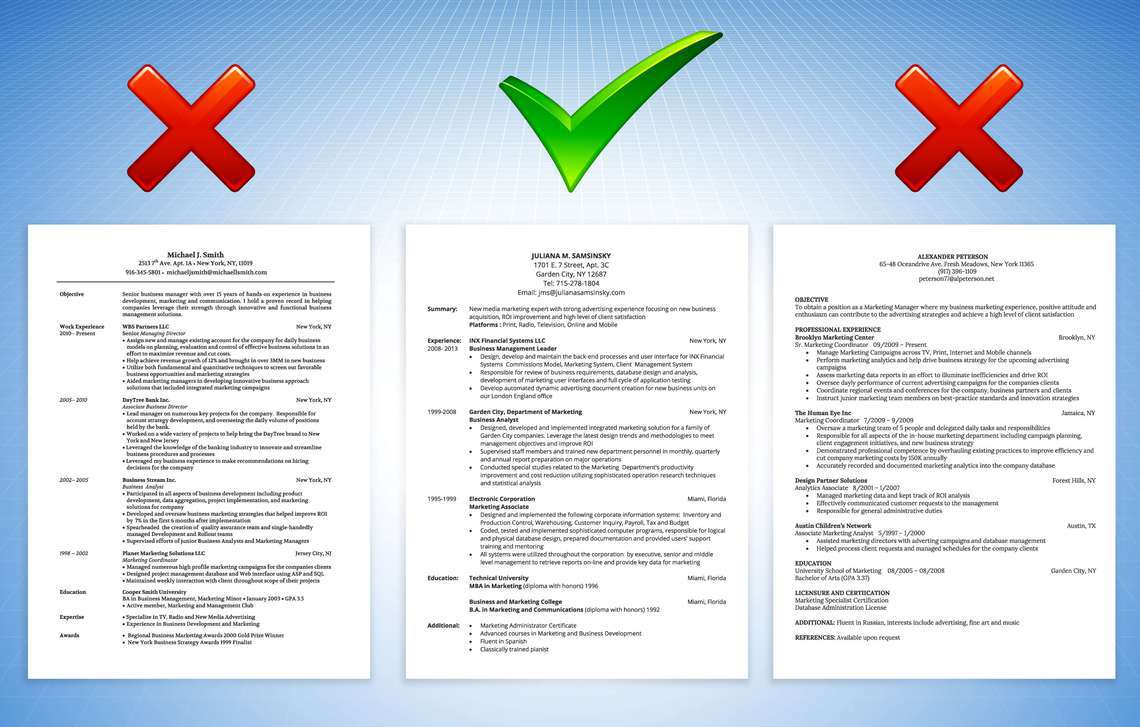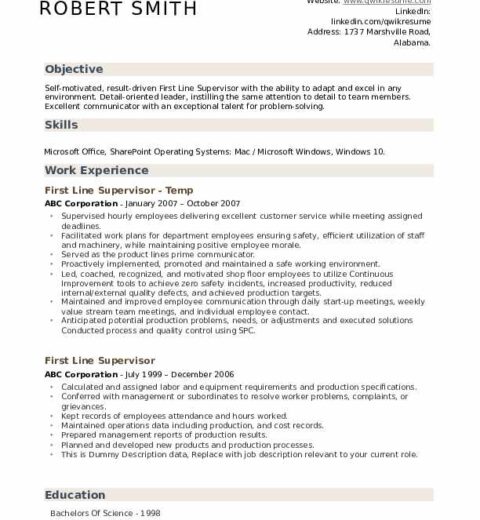In the competitive landscape of today’s job market, crafting a resume is akin to painting a masterpiece; each brushstroke must convey the essence of the artist’s intent while captivating the viewer’s attention. A resume serves not merely as a record of employment but as a negotiation tool, a promise to potential employers that you possess the skills and attributes they seek. To orchestrate a resume that resonates, one must navigate through the nuances of language, format, and structure, ensuring clarity and visual appeal. Below are proven tips and examples to guide you in creating a resume that can elevate your candidacy from the pile of applicants to the spotlight of opportunity.
Understanding the Purpose of a Resume
Your resume is fundamentally a marketing document—a promotional piece that showcases your qualifications and professional journey. It is not merely a list of jobs held or educational credentials acquired; it’s a curated narrative that outlines your career trajectory and highlights your distinctive capabilities. In essence, each section of the resume invites the hiring manager to appreciate the unique tapestry woven by your experiences and accomplishments.
Structuring Your Resume: The Framework
A well-structured resume encompasses four essential components: contact information, a summary statement, skills, and experience. Consider the following when arranging these elements:
- Contact Information: At the pinnacle of your resume, ensure your name, phone number, email address, and LinkedIn profile are prominently displayed. This section should be clean and easily identifiable.
- Summary Statement: Craft a compelling summary that encapsulates your professional identity. This two to four-sentence overview serves as a hook, beckoning the reader to delve deeper. For example: “Dynamic marketing professional with over 8 years of diverse experience driving brand awareness and increasing revenue through innovative strategies.”
- Skills: Curate a concise list of relevant skills tailored to the specific job for which you are applying. This not only demonstrates your qualifications but also aligns your expertise with the demands of the position.
- Experience: Detail your professional experience in reverse chronological order. For each role, include the title, company name, location, and dates of employment. Beneath each position, use bullet points to highlight key accomplishments, quantifying achievements wherever possible, for instance, “Increased sales by 30% through targeted marketing initiatives.”
Creating Compelling Content: The Power of Language
The lexicon employed in a resume can dramatically affect its impact. Utilize action verbs that convey decisiveness and initiative, such as “developed,” “analyzed,” and “executed.” Furthermore, infuse your descriptions with quantifiable metrics that amplify your contributions, painting a vivid picture of your capabilities.
Consider the difference between:
- “Responsible for managing a team” versus “Led a team of 10 in executing a corporate rebranding project, culminating in a 25% increase in client satisfaction.”
Such rephrasing transforms mundane tasks into standout accomplishments, showcasing your leadership and impact.
Tailoring Your Resume to the Job
No two roles are identical, and thus, your resume should be tailored to fit each job application. Analyze the job description meticulously, identifying the keywords and skills emphasized by the employer. Incorporate these terms into your resume, ensuring alignment with the specific qualifications sought. This will enhance your chances of passing through Applicant Tracking Systems (ATS) and catching the recruiter’s eye.
Formatting for Clarity and Readability
The visual layout of your resume is equally as significant as its content. A clean, professional format contributes to the readability of your narrative. Employ a consistent font size and style throughout, use appropriate spacing, and avoid clutter. Margins should allow for some white space; it’s like breathing room for the reader’s eyes, providing a sense of balance.
Utilizing headings and subheadings can also aid in navigation. For example, if you divide your skills into “Technical Skills” and “Soft Skills,” you create a roadmap that guides the reader effortlessly through your qualifications. Charts or tables may be used sparingly to display valuable information, but ensure that they do not overwhelm the flow of the text.
Incorporating Relevant Experience: The Art of Selection
When listing past experiences, be judicious in your selection. Each role should bolster your narrative towards the job you’re pursuing. If you have a breadth of experience, consider employing a chronological format. However, if you are pivoting careers or have gaps in your employment, a functional format may serve you better by focusing on skills rather than chronology.
Proofreading and Peer Review
Incrementing the finesse of your resume requires several rounds of proofreading. Typos or grammatical errors can tarnish your professional image. It is prudent to seek feedback from trusted peers to garner a fresh perspective. They may provide insights on the clarity of your content and catch mistakes you might have overlooked.
Conclusion: A Living Document
Your resume is not static; rather, it is a living document that should evolve alongside your career. As you acquire new experiences and skills, revisit and refine your narrative. Like a garden, it flourishes with care and attention, becoming a reflection of your professional identity. In this fast-paced job market, invest the time and effort to mold a resume that not only gets you noticed but also positions you triumphantly for the opportunities to come.




